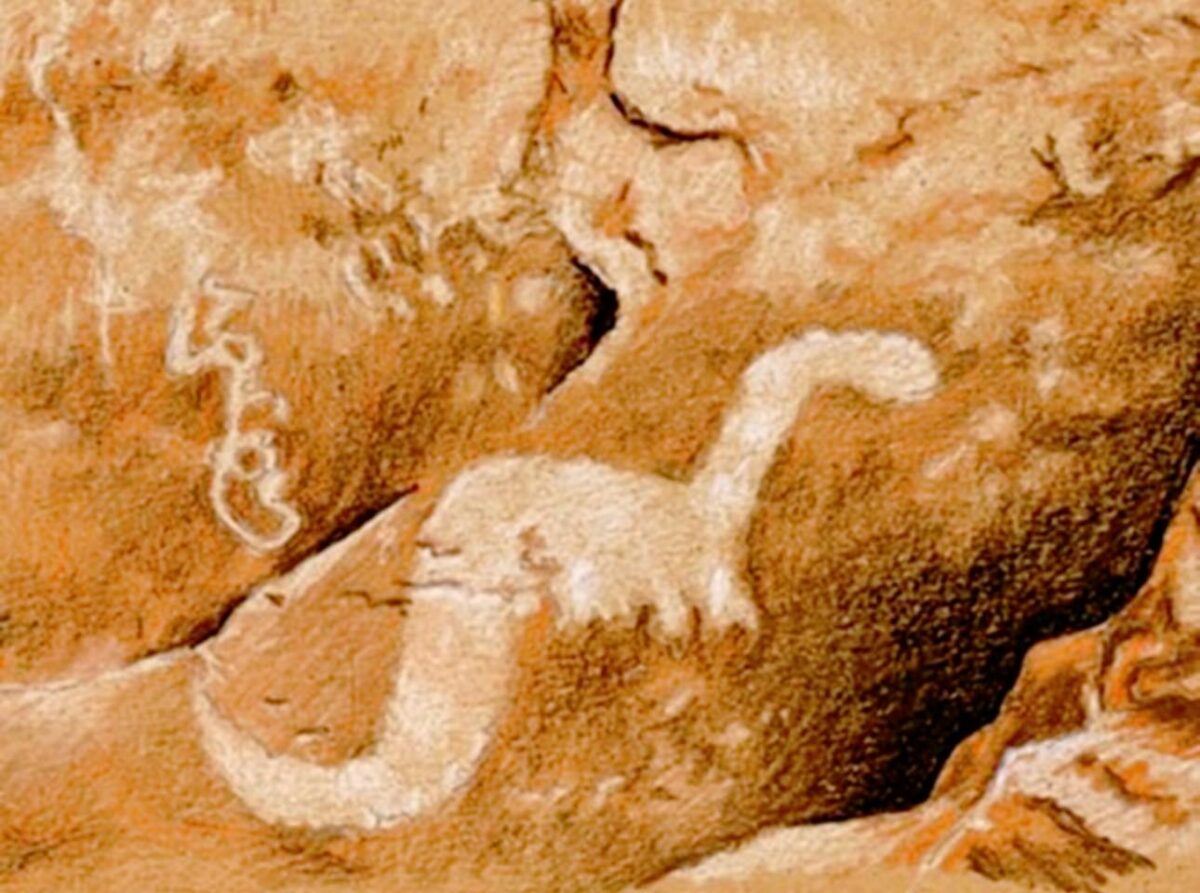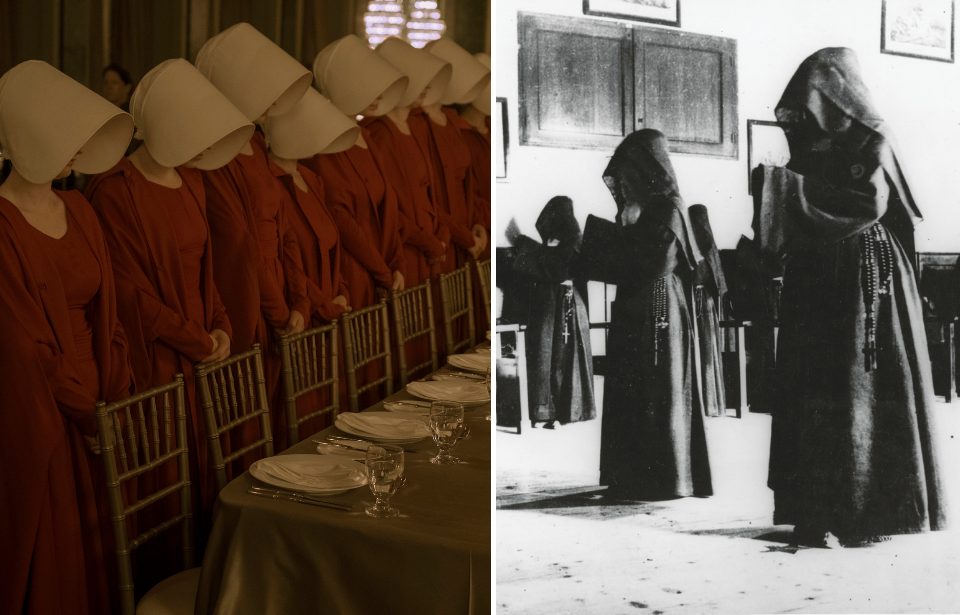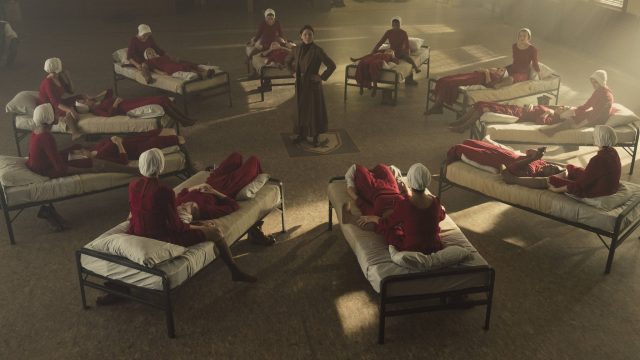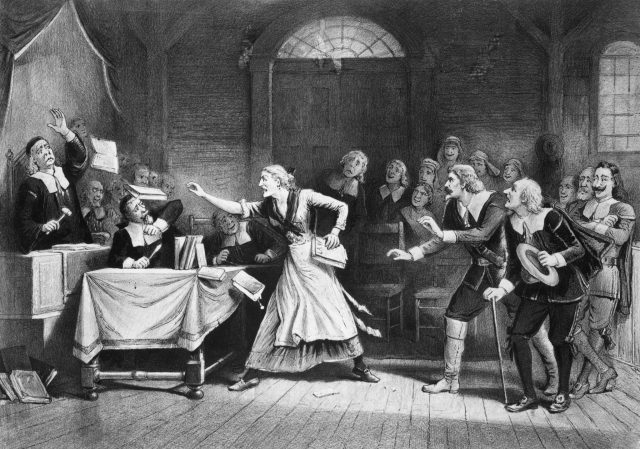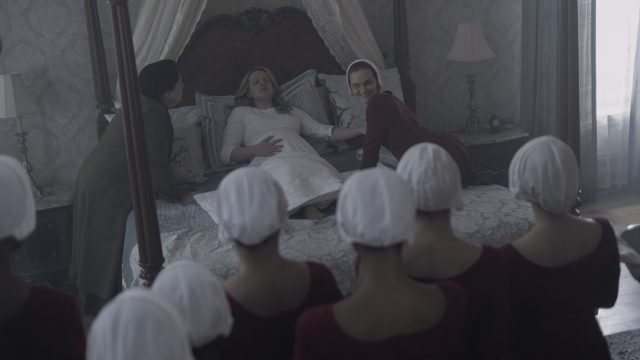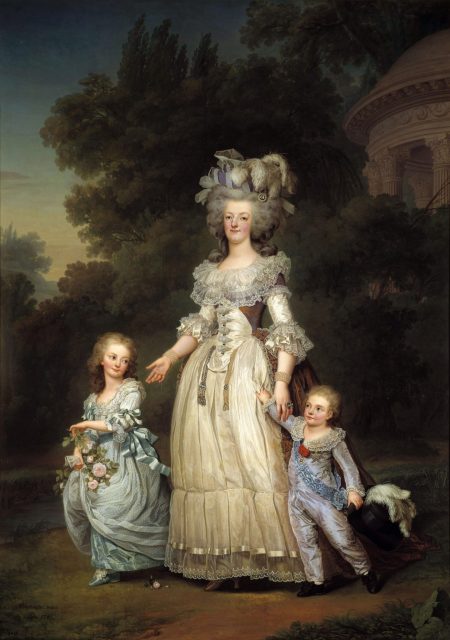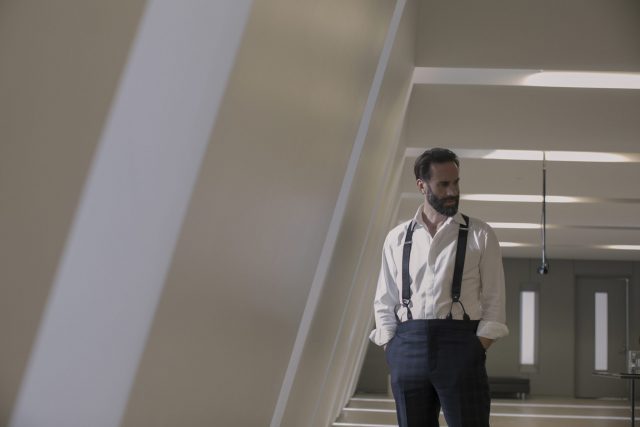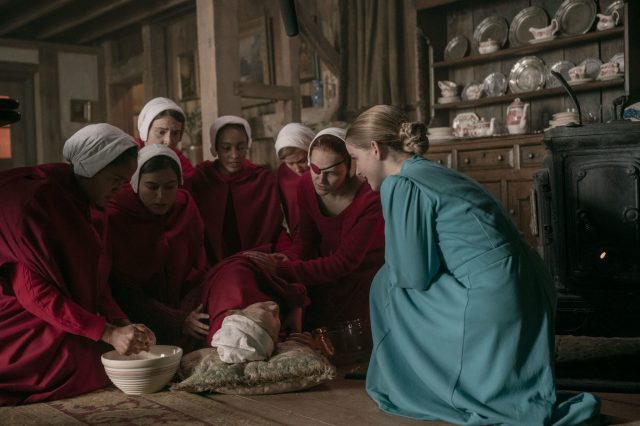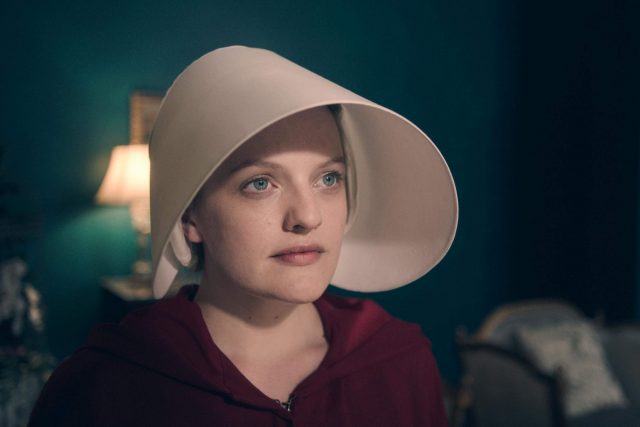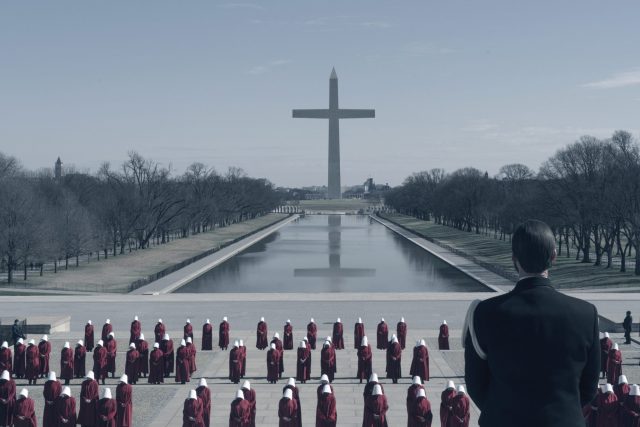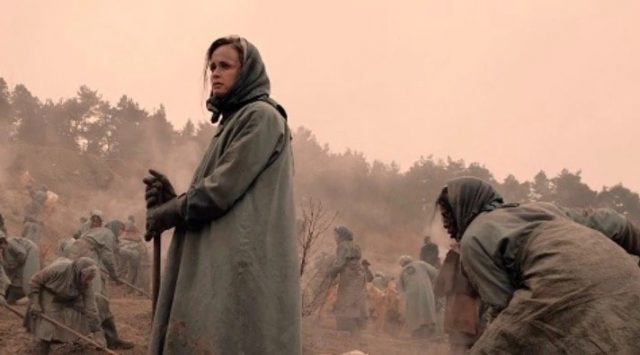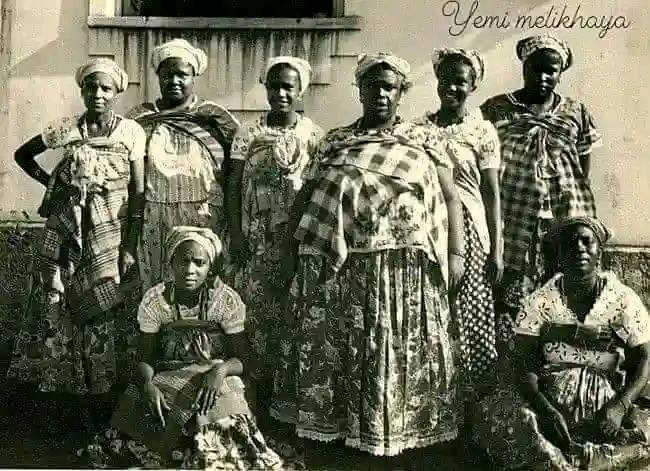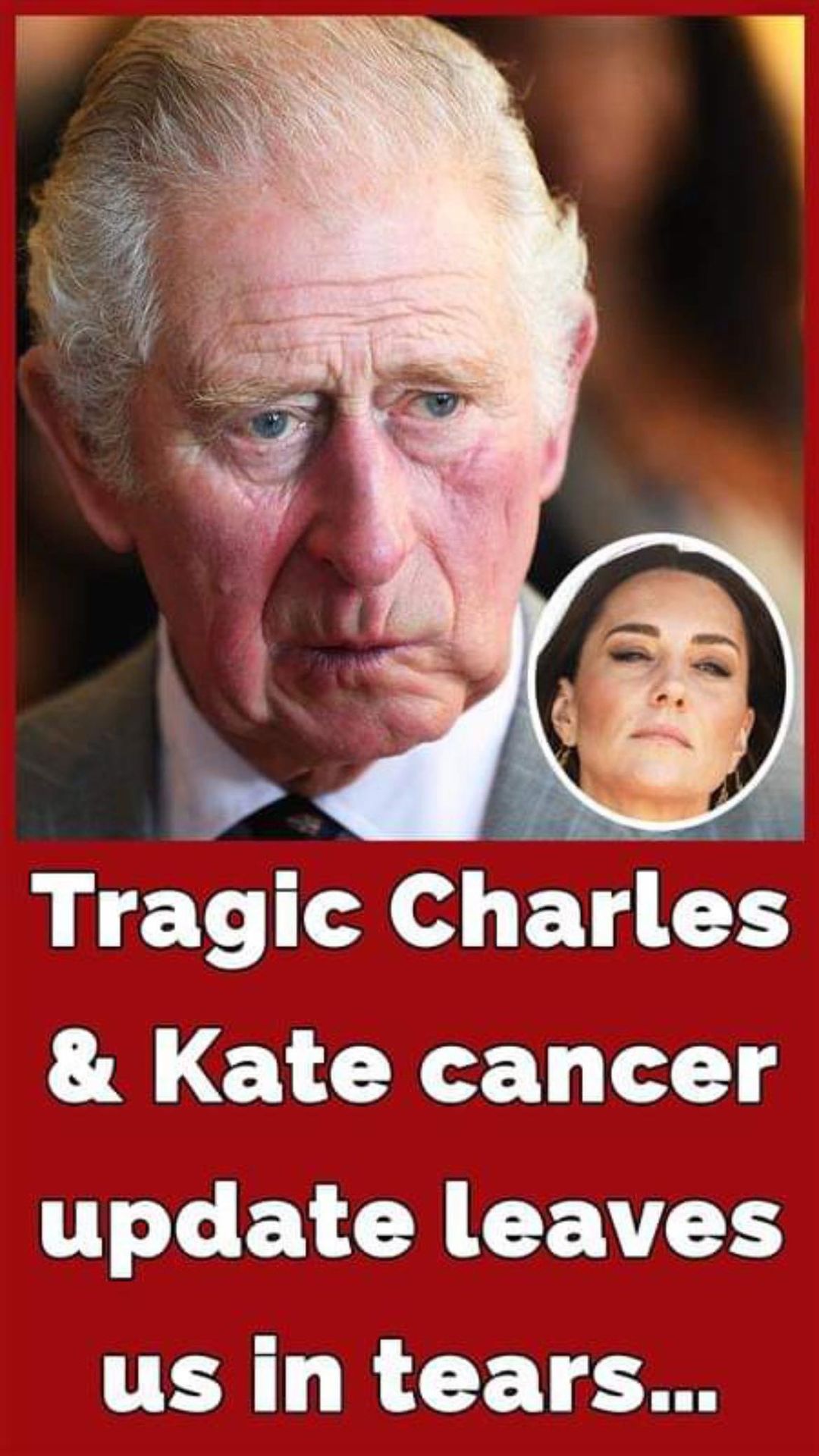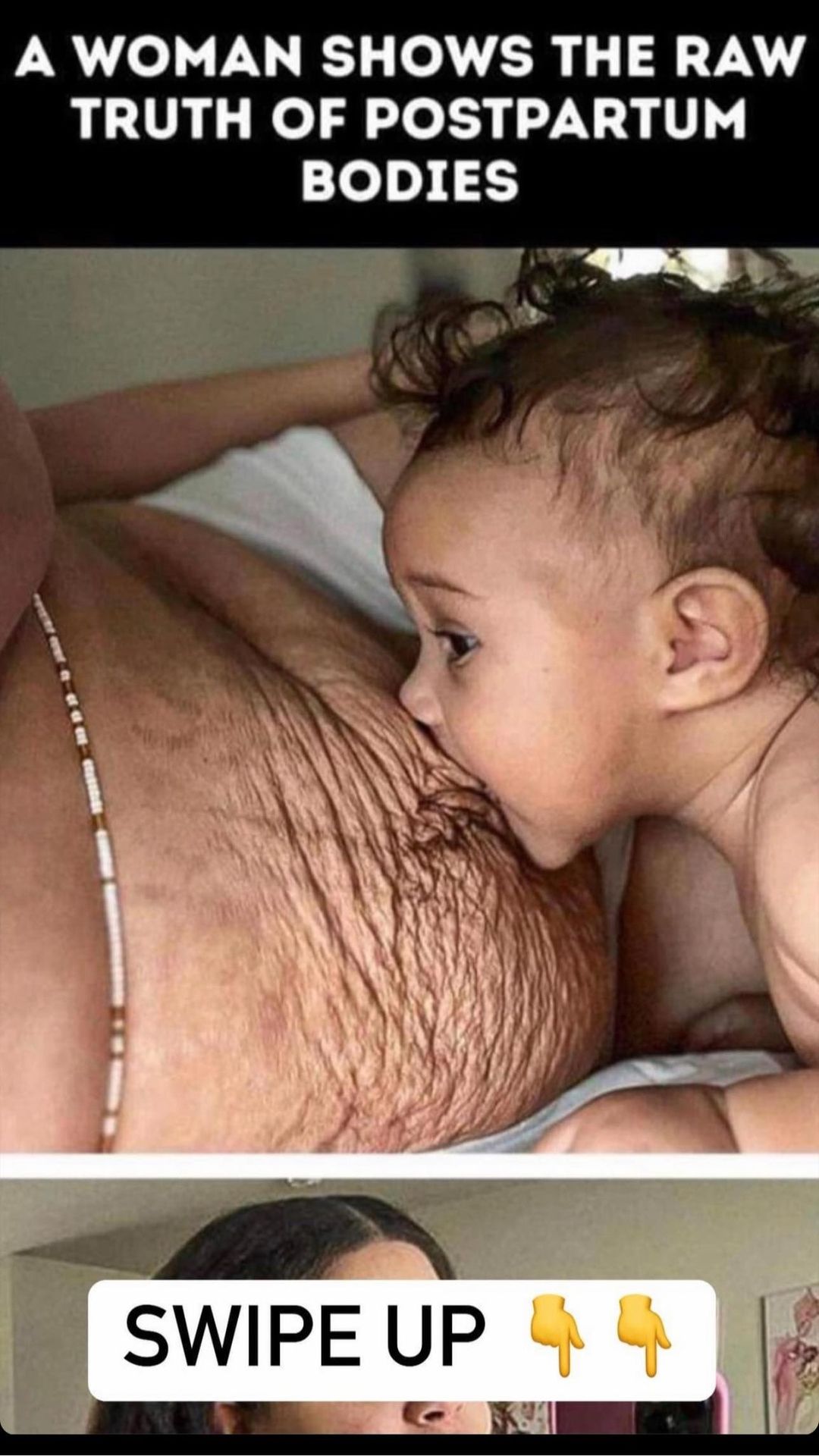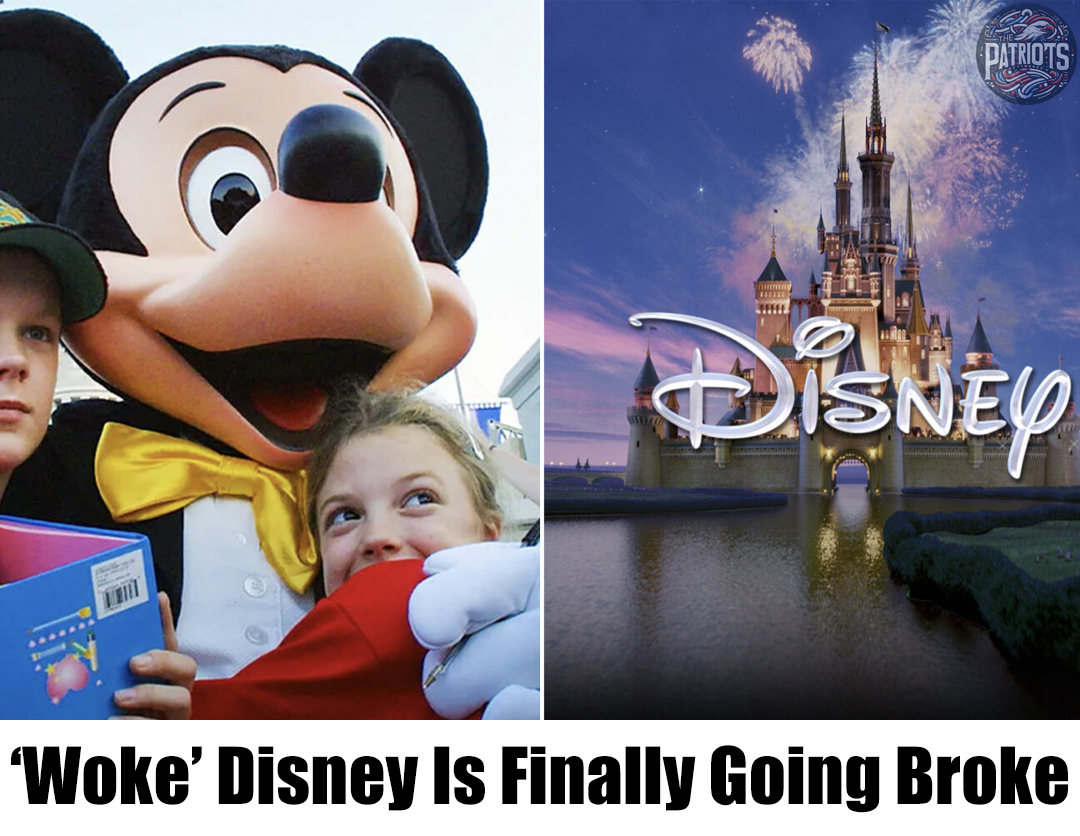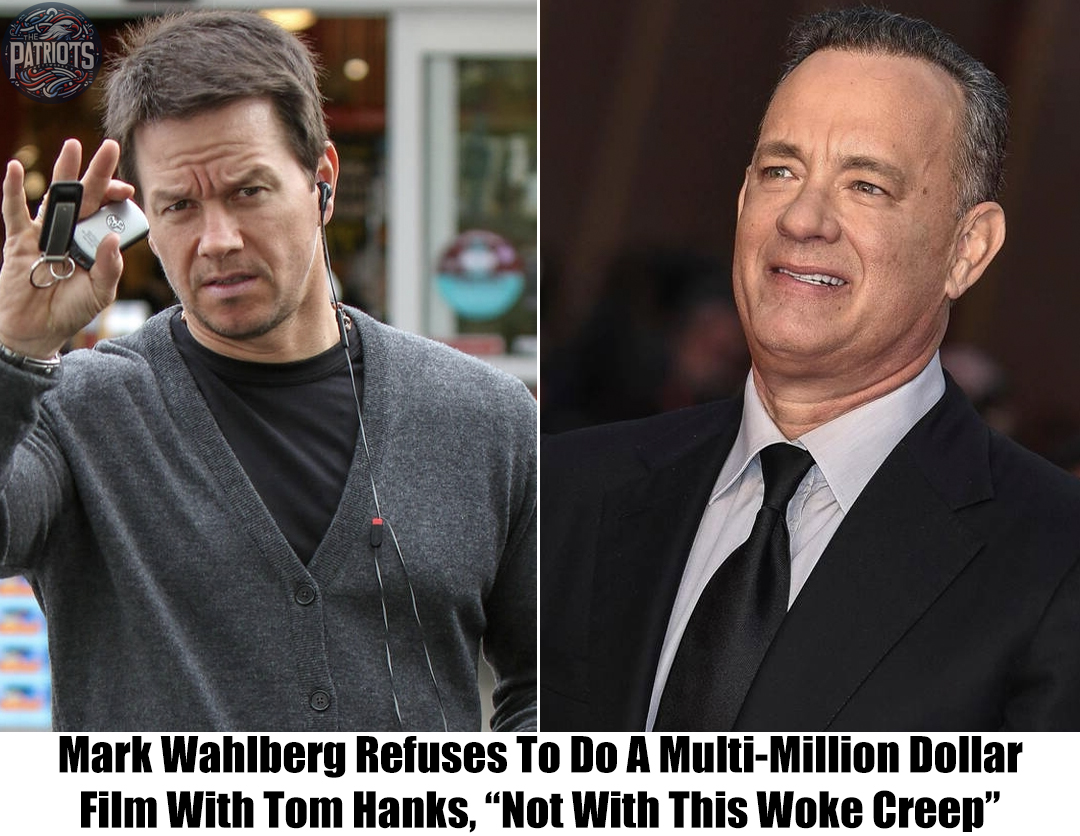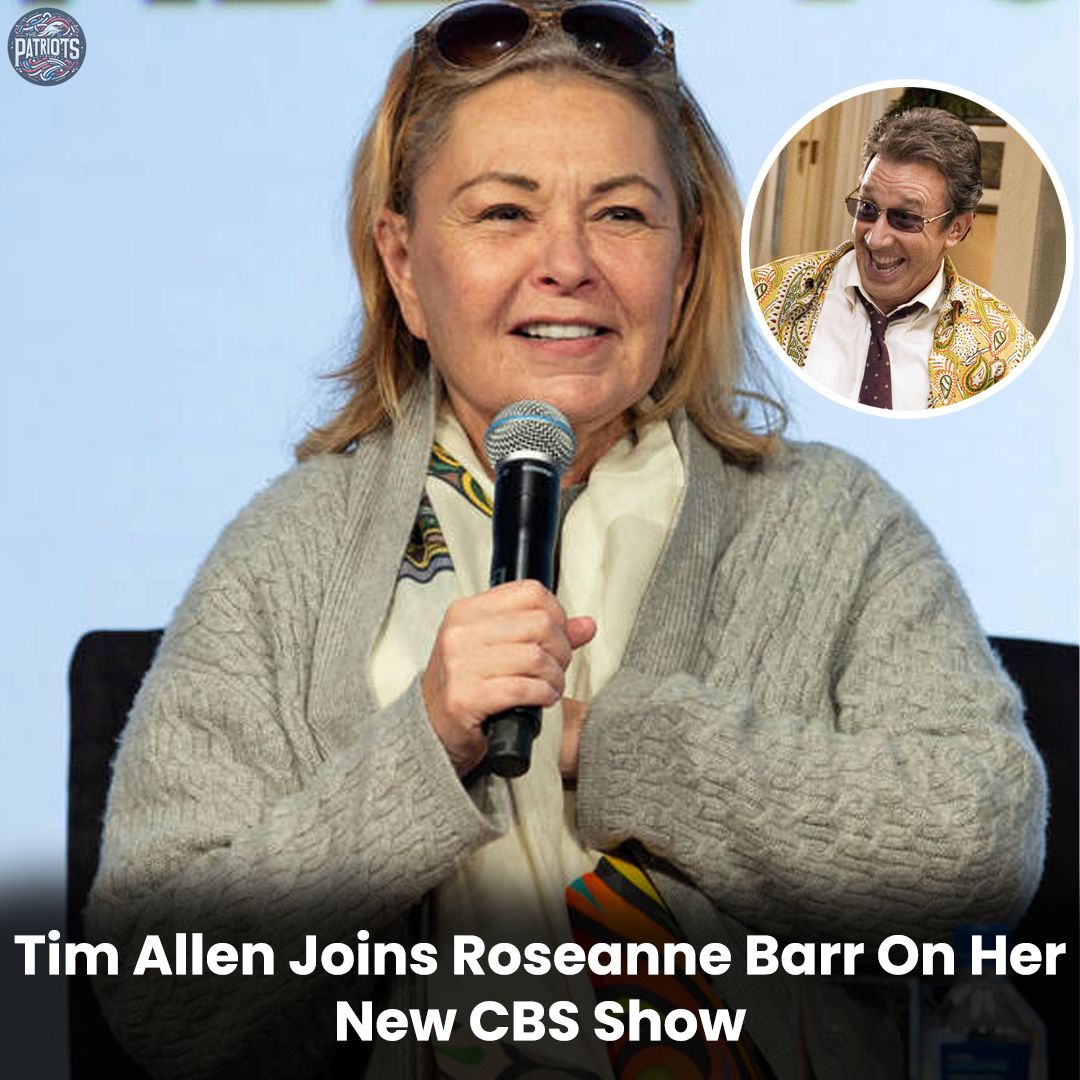Tim Allen and Roseanne Barr Join Forces for a Hilarious New Sitcom, Promising Laughter and Entertainment Galore.
In a surprising and thrilling turn of events, the world of television comedy is set to welcome an iconic duo to its stage – Tim Allen and Roseanne Barr. The beloved actors and comedians, known for their distinct styles and unforgettable contributions to the world of entertainment, have decided to join forces for a new sitcom that promises to bring laughter, wit, and a double dose of comedic brilliance to audiences everywhere.
Tim Allen, celebrated for his roles in “Home Improvement” and the “Toy Story” franchise, and Roseanne Barr, the trailblazer behind the groundbreaking sitcom “Roseanne,” are individually revered as comedy legends. Now, the prospect of them teaming up for a collaborative project has ignited excitement and curiosity among fans who eagerly anticipate the on-screen magic this dynamic duo will undoubtedly create.
The pairing of Tim Allen and Roseanne Barr represents more than just a casting choice; it’s a strategic move to unite two comedic forces with unique styles and fan bases. Tim Allen’s affable charm and knack for family-friendly humor find an intriguing counterpart in Roseanne Barr’s unapologetic wit and fearless approach to comedy.
The sitcom landscape, often defined by chemistry between lead actors, is poised for a comedic renaissance with this unexpected collaboration. The question on everyone’s mind is how these two comedy heavyweights will complement each other, bringing their individual strengths to the forefront while creating a harmonious comedic symphony.
As the news of Tim Allen and Roseanne Barr teaming up for a new sitcom spreads, behind-the-scenes buzz is reaching a fever pitch. The creative minds behind the project are tasked with harnessing the comedic energy of these two luminaries and crafting a narrative that not only showcases their talents but also resonates with a broad audience.
The sitcom is expected to be a family-friendly affair, blending Tim Allen’s signature humor with Roseanne Barr’s sharp wit. The chemistry between the actors will play a pivotal role in the show’s success, and the writing team faces the exciting challenge of marrying two comedic styles to create a seamless and entertaining experience for viewers.
The landscape of comedy has evolved significantly since Tim Allen and Roseanne Barr first made their marks on the entertainment industry. The new sitcom has the opportunity to carve out its space in a world where comedic content spans traditional television, streaming platforms, and social media.
With Tim Allen and Roseanne Barr at the helm, the sitcom may bridge the gap between classic and modern comedy, appealing to fans who have followed their careers from the ’90s to a new generation of viewers discovering their comedic brilliance. The project has the potential to be a nostalgic nod to the golden era of sitcoms while embracing the humor and sensibilities of today.
For Tim Allen, the new sitcom marks a significant return to the small screen. While he has remained active in the entertainment industry with various projects, a regular television role is a momentous occasion for fans who have long admired his contributions to the world of comedy.
The anticipation surrounding Tim Allen’s return adds an extra layer of excitement to the project. Fans, familiar with his comedic timing and relatable characters, are eager to see how he will bring his unique brand of humor to this collaboration with Roseanne Barr.
Roseanne Barr’s return to television has been a captivating narrative in recent years. After the revival and subsequent cancellation of her eponymous sitcom, Roseanne faced both acclaim and controversy. Now, with the prospect of teaming up with Tim Allen, she continues her comeback journey, poised to showcase her comedic prowess in a new and exciting context.
The collaboration with Tim Allen not only positions Roseanne Barr as a central figure in the evolving landscape of television comedy but also underscores her resilience and enduring appeal. The sitcom project becomes a canvas for Roseanne to reinvent herself and reaffirm her status as a comedic force to be reckoned with.
News of Tim Allen joining forces with Roseanne Barr for a new sitcom has sparked a frenzy on social media. Fans are expressing their excitement, sharing memes, and speculating about the comedic chemistry that will unfold on screen. Hashtags like #TimAndRoseanneComedy and #DynamicDuoSitcom are trending, turning the sitcom into a social media sensation even before its premiere.
The power of social media to shape the narrative around entertainment endeavors is evident, and the online buzz reflects not only the enthusiasm of fans but also the potential cultural impact of this collaboration. The sitcom is poised to become a focal point of discussions, debates, and, undoubtedly, a source of endless memes and gifs.
For the networks involved, the collaboration between Tim Allen and Roseanne Barr represents more than just an exciting programming choice; it’s a strategic move to capture the attention of a broad audience. The competition in the television landscape is fierce, with streaming platforms, cable networks, and traditional broadcasters all vying for viewership.
The new sitcom has the potential to be a ratings juggernaut, drawing in audiences who are eager to witness the comedic chemistry between two beloved stars. The networks will undoubtedly leverage the combined star power of Tim Allen and Roseanne Barr in their promotional efforts, aiming to create anticipation and ensure a successful premiere.
Tim Allen and Roseanne Barr stand as pillars in the legacy of television comedy. Their individual contributions have left an indelible mark on the medium, shaping the way audiences perceive and engage with comedic content. The new sitcom becomes a chapter in this rich legacy, a continuation of the tradition of laughter that has been a constant in the ever-evolving landscape of television.
As fans await the premiere of the sitcom and industry insiders strategize its promotion, one thing is certain: the collaboration between Tim Allen and Roseanne Barr has the potential to become a memorable moment in the annals of television comedy.
The prospect of Tim Allen and Roseanne Barr teaming up for a new sitcom is a cause for celebration for fans of comedy. As these two titans of laughter join forces, the expectations are high, and the anticipation is palpable. The sitcom becomes not just a television show but an event, a meeting of comedic minds that promises to deliver laughter, entertainment, and, perhaps, a new chapter in the ever-evolving legacy of television comedy.
As the project progresses from behind-the-scenes planning to its eventual premiere, audiences will be treated to the comedic alchemy of Tim Allen and Roseanne Barr. In a world that often needs a good laugh, this collaboration stands as a beacon of joy, a testament to the enduring power of comedy to unite, entertain, and bring smiles to faces around the world.
